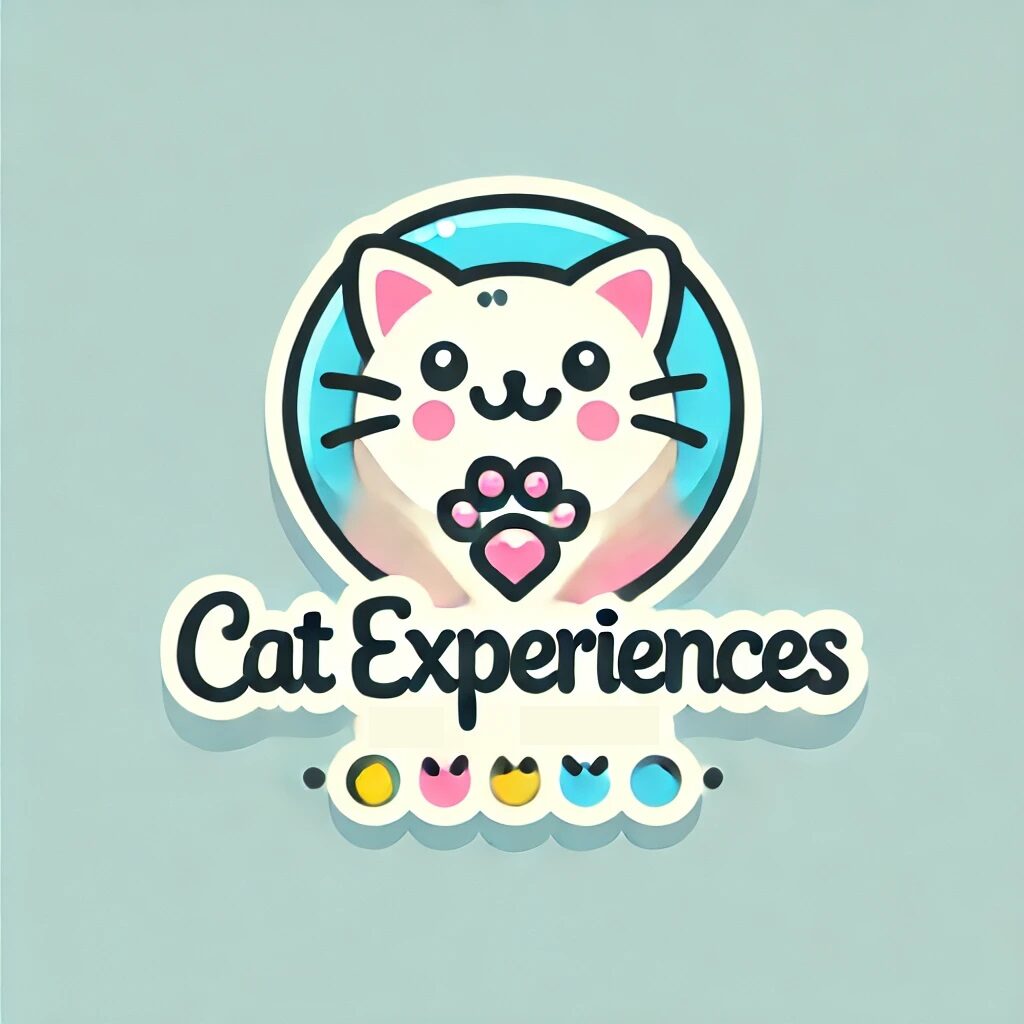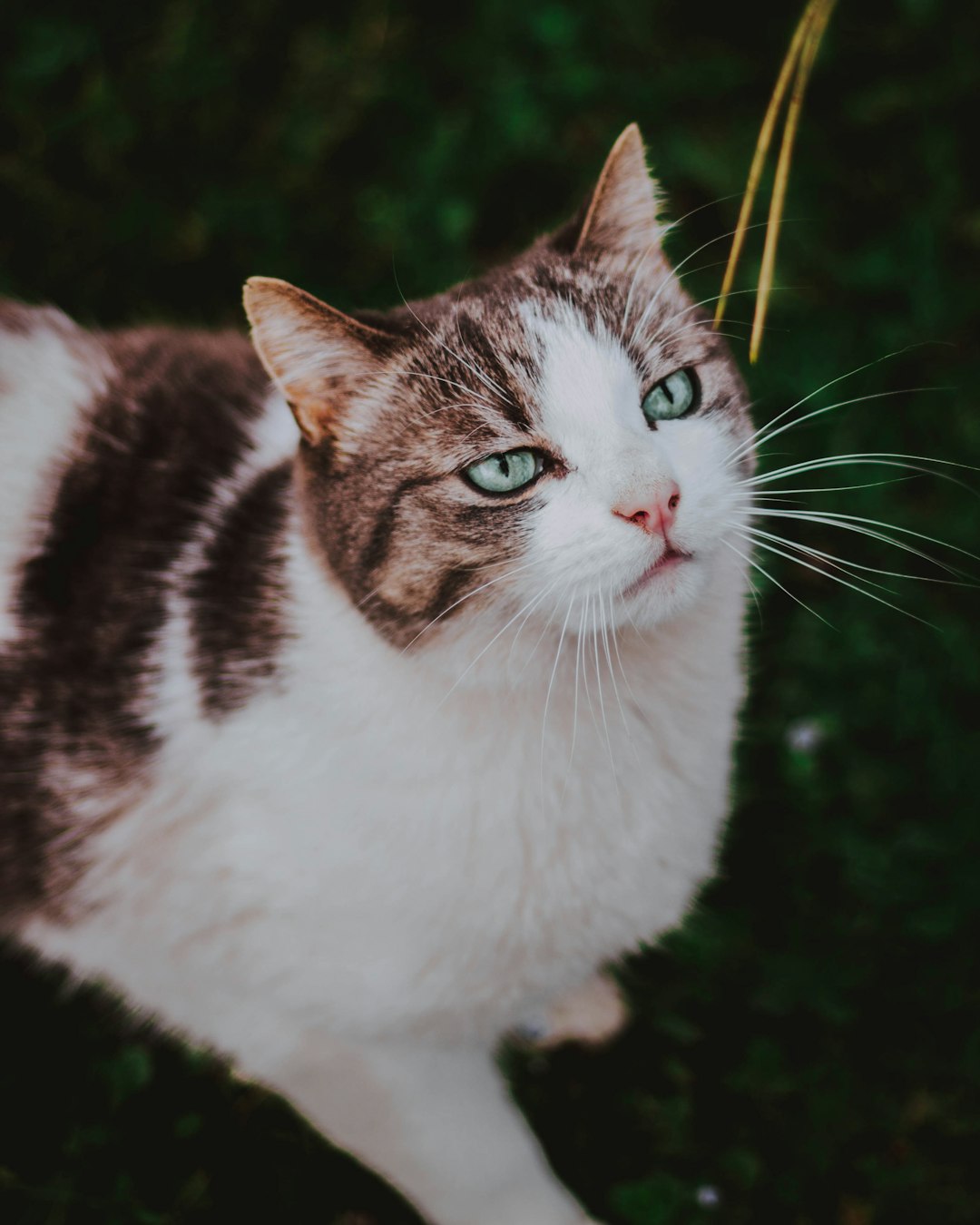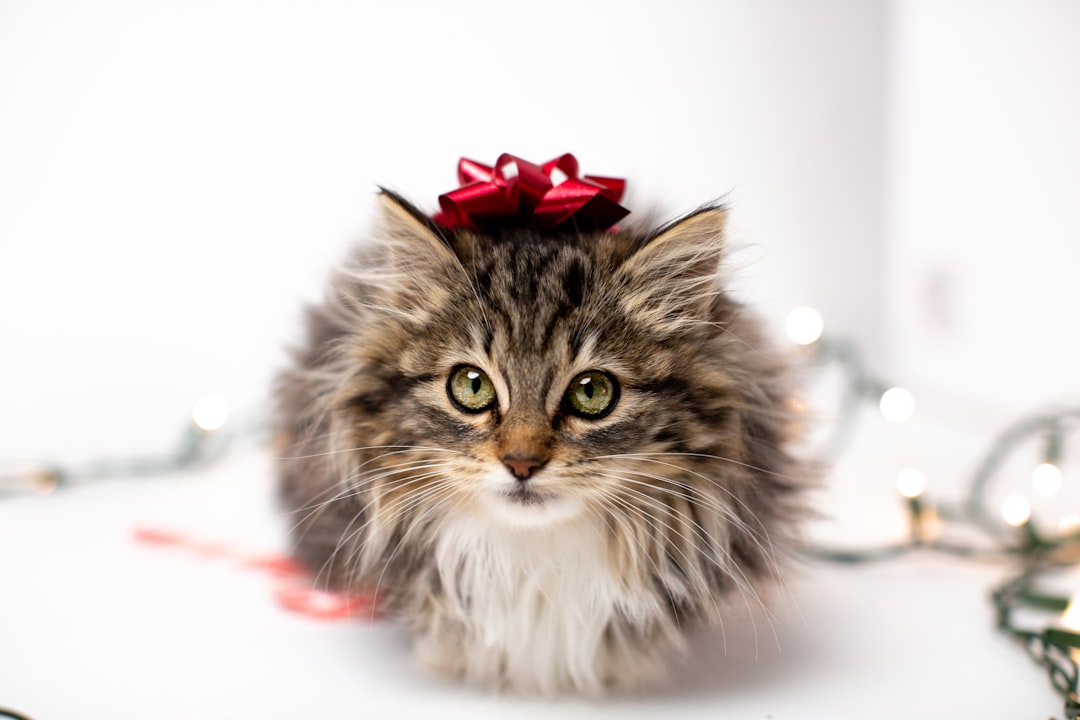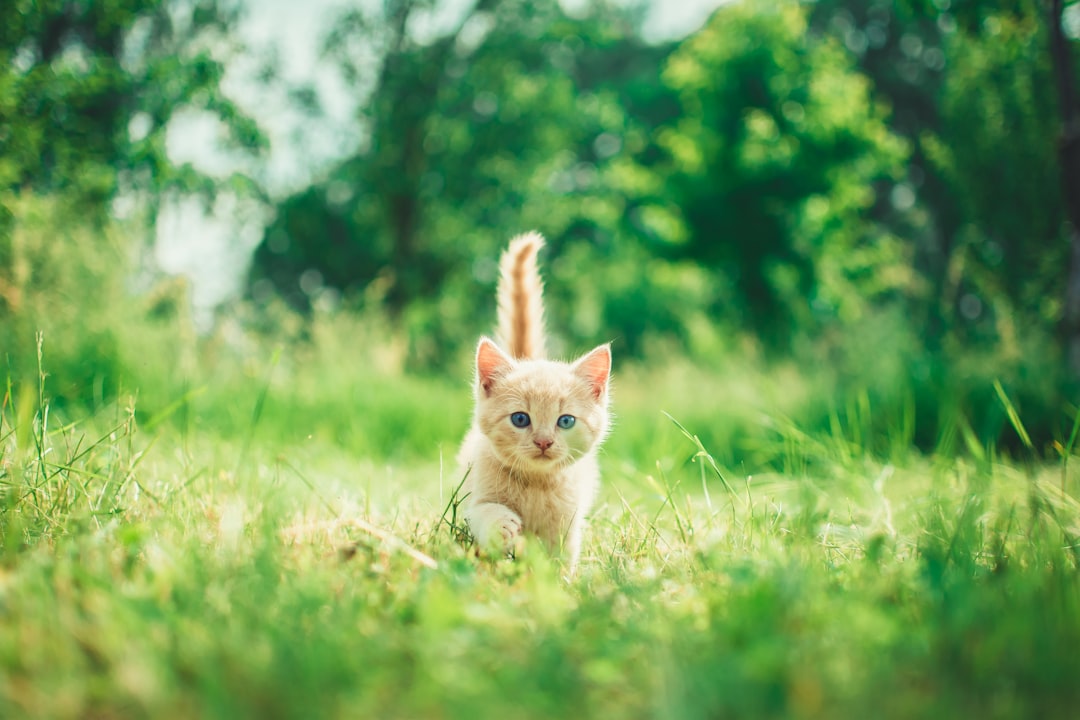Understanding your feline friend’s behaviors can deepen the bond you share and help ensure their well-being. One common behavior that often raises questions is cat licking. This seemingly simple act holds various meanings, from natural instincts to health concerns and emotional factors. In this post, we’ll explore the many layers behind why cats lick so much, including how it affects their fur and skin, the social aspect of this behavior, and even how it differs across breeds. Additionally, we’ll provide insights into caring for cats with excessive licking issues, along with intriguing facts that may surprise you. Join us as we unravel the intricate world of cat licking and what it reveals about our furry companions.
The Natural Instincts Behind Cat Licking
Understanding the rationale behind a feline’s licking behavior unveils a fascinating interplay of instincts that have developed over thousands of years. Here are some key points that demonstrate the natural instincts driving this behavior:
Grooming Behavior in Cats
Grooming is an essential aspect of a cat’s daily routine. Through this behavior, they not only keep their fur clean but also:
| Benefits of Grooming | Description |
|---|---|
| Removes Dirt and Debris | Helps to maintain a healthy coat by eliminating external particles. |
| Temperature Regulation | Assists in cooling down by spreading saliva across their fur. |
| Stimulation of Skin Oils | Promotes the distribution of natural oils, leading to a shiny coat. |
Instincts from Feral Ancestors
Domestic cats retain many instincts from their wild ancestors. This inherited behavior can be observed in licking, which serves various purposes:
| Instinctual Purpose | Description |
|---|---|
| Comfort and Security | Feral cats lick to soothe themselves after a stressful encounter. |
| Bonding with Kin | Mother’s grooming of kittens establishes social bonds and trust. |
| Cleaning after Hunting | Provides hygiene after consuming prey, preventing disease. |
Scent Marking and Territory
Cats are naturally territorial animals, and licking plays a crucial role in scent marking:
| Scent Marking Functions | Description |
|---|---|
| Establishes Territory | Cats spread their scent through saliva, marking their domain. |
| Communication with Others | Their saliva communicates to other felines about their health and readiness to mate. |
These natural instincts explain why licking is an integral part of a cat’s everyday life, linking them to their past while serving multiple practical purposes in their current lifestyles.
Health Reasons for Excessive Cat Licking
Excessive licking can often indicate underlying health issues in felines. Understanding the health reasons behind this behavior is crucial for pet owners to ensure the well-being of their furry companions. Here are some common health factors that may lead to this behavior:
Skin Irritations and Allergies
Skin irritations and allergies are prevalent issues that may provoke excessive licking. Cats may react to various allergens, such as:
| Allergen Type | Examples | Symptoms of Allergies |
|---|---|---|
| Food | Grains, dairy, chicken | Red, itchy skin, hair loss |
| Environmental | Pollen, dust, mold | Sneezing, excessive grooming |
| Chemical | Cleaning products, fragrances | Rashes, irritated skin |
When dealing with these irritants, observing your cat’s environment and diet becomes essential.
Parasites and Their Effects
Parasites can also lead to increased grooming behaviors. Common parasites include:
| Parasite Type | Effects on Cats |
|---|---|
| Fleas | Severe itching, skin infections |
| Mites | Inflammation, hair loss |
| Ticks | Skin irritation, potential illness |
These pests can cause discomfort and lead the cat to lick excessively in an attempt to alleviate irritation.
When to Consult a Veterinarian
If a cat displays excessive licking, it’s essential to monitor for additional symptoms. Signs warranting a visit to the veterinarian include:
- Open sores or wounds
- Persistent redness or swelling
- Changes in appetite or behavior
Consulting a professional can provide clarity on whether the licking is a symptom of a more serious condition, ensuring your pet receives appropriate care.
Emotional and Psychological Factors
Stress and Anxiety in Cats
Understanding the emotional and psychological triggers behind excessive licking is crucial for any cat owner. Stress and anxiety often manifest in hyperactive grooming. In environments where cats feel threatened or overstimulated, they may revert to licking as a coping mechanism. Here’s a simple table showcasing common stressors:
| Stressor | Description |
|---|---|
| Change in environment | Moving homes or introducing new pets |
| Loud noises | Fireworks, thunderstorms, or construction |
| Lack of stimulation | Boredom due to insufficient playtime |
The Role of Comfort and Affection
Cats also lick as a means of finding comfort and affection. Their mothers groomed them as kittens, so this behavior is often linked to a sense of safety and security. Licking feels soothing, akin to a calming ritual that establishes bonding and trust. Owners can foster this connection by engaging in regular play and incorporating gentle petting to mimic affectionate grooming.
Developing Compulsive Behaviors
While licking can be a normal behavior, it sometimes escalates into compulsive behaviors, driven by psychological factors like boredom or anxiety. In these cases, the cat may lick obsessively, leading to skin irritations or fur loss. It’s essential to distinguish between typical grooming and compulsive licking. Here’s a comparison:
| Type | Characteristics |
|---|---|
| Normal Grooming | Occasional licking; keeps fur clean |
| Compulsive Licking | Excessive duration; leads to skin issues |
Recognizing these emotional and psychological factors is vital for maintaining your cat’s well-being while ensuring they receive appropriate treatment if necessary.
The Social Aspect of Cat Licking
Bonding Through Grooming
Cats often engage in licking as a form of social bonding. This behavior, known as allogrooming, occurs when one cat licks another, reinforcing their relationship. It’s a nurturing act that fosters trust and solidarity among felines. Licking helps strengthen the social fabric within a group of cats, showcasing affection and acceptance. It’s not only beneficial for emotional well-being but also vital for establishing social hierarchies.
Licking Other Cats and Humans
Felines may extend their licking behavior toward humans as an instinctive expression of affection. When a cat licks a person, it may imply comfort and a desire for connection. Below is a brief comparison that outlines the social implications of licking:
| Target of Licking | Social Implication | Outcome |
|---|---|---|
| Other cats | Reinforces social bonds | Strengthened trust |
| Humans | Displays affection and comfort | Enhanced human-animal bond |
Hierarchy and Social Structure
Within multi-cat households, licking plays a pivotal role in establishing and maintaining social hierarchies. Dominant cats may groom subordinates, signaling their status and overseeing group interactions. Conversely, subordinate cats may seek to appease their dominant counterparts through licking. This hierarchical dynamic helps to minimize conflicts and maintain peace within the household. Understanding these social behaviors helps pet owners appreciate their cats’ actions and fosters a harmonious environment.
In conclusion, the intricate social aspects of cat licking highlight the importance of this behavior beyond mere hygiene, contributing to emotional connections and the overall social structure.
How Cat Licking Affects Their Fur and Skin
Maintaining Coat Health
Licking plays a fundamental role in a cat’s grooming routine, helping to maintain a clean and healthy coat. Through this self-grooming process, cats effectively spread natural oils across their fur, which promotes shine and hydration. Additionally, regular licking aids in removing dirt, loose fur, and parasites such as fleas and ticks.
| Benefit of Licking | Description |
|---|---|
| Natural oils | Keeps fur glossy and moisturized |
| Dirt removal | Eliminates debris and other contaminants |
| Parasite control | Assists in minimizing flea and tick infestations |
Risks of Over-Grooming
Excessive licking, however, can indicate problematic behaviors or health issues. Over-grooming may lead to skin irritation, loss of fur, and even the development of wounds. Stress, anxiety, or allergies can drive cats to lick more than necessary, causing potential harm.
| Risk Factors | Potential Consequences |
|---|---|
| Skin irritation | Red, inflamed patches on the skin |
| Fur loss | Bald spots or uneven patches on a cat’s coat |
| Infections | Open wounds might develop into serious infections |
Signs of Skin Damage
Recognizing the signs of skin damage caused by licking is crucial for prompt intervention. Common indicators include visible redness, scabs, or excessive hair loss. Additionally, changes in behavior, such as increased restlessness or vocalizations, may signal discomfort.
| Symptoms | What to Watch For |
|---|---|
| Red patches | Areas of irritation or inflammation on the skin |
| Scabs | Signs of self-inflicted wounds due to over-grooming |
| Behavior changes | Increased grooming, scratching, or unusual vocalization |
By understanding these aspects of licking, cat owners can better support their furry companions’ overall health and well-being.
Cat Licking and Its Impact on Their Diet
Licking as a Feeding Behavior
Licking is not just a grooming activity for cats; it also plays a pivotal role in their feeding behavior. For instance, when cats lick their food, they often mimic the natural hunting instinct where they would lick their prey to explore its texture and flavor. This instinct can influence their food preferences and feeding habits. Understanding this behavior can be crucial for pet owners when selecting the right diet for their feline companions.
| Behavior | Explanation |
|---|---|
| Licking food | Mimics hunting instincts and flavors |
| Checking texture | Helps identify palatability and freshness |
How Texture Affects Cats
The texture of food is vital in influencing a cat’s eating habits. Cats typically prefer foods that are moist and have a variety of textures. Most felines enjoy a mix of crunchy and soft textures, which stimulates their interest and encourages licking as they explore their meals. When providing a balanced diet, consider combining wet food for moisture with dry kibble for texture and crunch.
| Texture Type | Preference |
|---|---|
| Soft | Highly preferred, increases licking |
| Crunchy | Adds variety and excitement |
| Wet | Enhances hydration and palatability |
Importance of Hydration
Hydration plays a crucial role in a cat’s diet and overall well-being. Many cats may rely on wet food for most of their hydration needs, but licking water can also be an essential activity. Cats typically do not drink enough water, and encouraging them to lick water or eat high-moisture food can help maintain proper hydration. Adequate hydration is essential for preventing issues like urinary tract infections and kidney problems.
| Hydration Method | Benefits |
|---|---|
| Wet food feeding | Provides moisture during meals |
| Fresh water access | Encourages drinking through licking |
| Water fountains | Some cats may prefer running water |
Understanding the relationship between licking behaviors and dietary habits can help pet owners create a balanced, satisfying, and health-promoting diet for their cats.
Understanding Cat Licking in Different Breeds
Breed-Specific Behavior Trends
When it comes to cat licking behavior, it’s essential to recognize that different breeds exhibit unique tendencies. For instance, Siamese cats often display a more pronounced grooming behavior, while Maine Coons may lick less frequently due to their thick fur. Below is a table detailing some notable breed behaviors:
| Breed | Licking Frequency | Reason for Licking |
|---|---|---|
| Siamese | High | Affectionate nature, bonding with owners |
| Maine Coon | Moderate | Grooming needs of thick fur |
| Persian | High | Maintenance of long fur |
| Bengal | Moderate | Playfulness can lead to licking |
Licking Habits in Long-Haired vs Short-Haired Cats
The grooming rituals of cats can significantly differ between long-haired and short-haired breeds. Long-haired cats, like Persians, devote considerable time to licking, primarily to maintain their fur and prevent matting. Conversely, short-haired cats, such as American Shorthairs, generally require less licking since their fur is easier to manage.
| Hair Length | Licking Duration | Grooming Needs |
|---|---|---|
| Long-Haired | Extended | Frequent attention needed |
| Short-Haired | Minimal | Less time necessary |
Unique Traits of Popular Breeds
Several popular cat breeds have distinctive licking habits associated with their unique traits. For example, Ragdolls are known for their docile nature, often licking as a form of relaxation and bonding with humans. Sphynx cats, being hairless, show less licking for grooming; however, they still engage in this behavior to distribute natural oils across their skin. Recognizing these behavioral trends helps cat owners understand and respond to their feline friends effectively.
In conclusion, considering the various factors influencing licking behaviors across different cat breeds is crucial for fostering a healthy and happy relationship between cats and owners.
Comparing Cat Licking with Other Pets
Licking Behavior in Dogs
Dogs, like cats, have their own unique licking habits, but these tend to differ significantly. While felines often lick as a form of grooming or comfort, canines engage in licking mainly to express affection, seek attention, or explore their environment. Their tongues serve as tools for both social bonding and learning about their surroundings. For example:
| Behavior | Cats | Dogs |
|---|---|---|
| Purpose | Grooming, comfort, stress relief | Affection, attention-seeking, exploratory behavior |
| Social Role | Independent grooming, less interaction | Social bonding, often a group behavior |
| Frequency | Occurs through the day, especially in relaxed moments | May lick consistently, especially when with humans |
Contrasts with Rodent Grooming
Rodents, such as guinea pigs, also exhibit licking behaviors, but for different reasons. Their grooming rituals are primarily focused on maintaining hygiene and socializing with companions. Contrastingly, cats may not lick primarily for social reasons, as their grooming tends to be solitary. Key differences include:
| Feature | Cats | Rodents |
|---|---|---|
| Grooming Style | Solo, meticulous | Communal, mutual |
| Purpose | Hygiene, comfort | Hygiene, bonding |
| Frequency | Daily, as needed | Regularly, often after meals |
Unique Species Behaviors
Each pet species shows different licking behavior based on instinct and social dynamics. For instance, rabbits groom by licking, which serves both a social and cleanliness purpose. Similarly, ferrets may lick when excited or stimulated, showing a more playful approach. The motivation behind licking can be broken down as follows:
| Species | Common Licking Purpose |
|---|---|
| Cats | Grooming, comfort |
| Dogs | Affection, attention-seeking |
| Rodents | Hygiene, social bonding |
| Rabbits | Grooming, comfort, social interaction |
| Ferrets | Playfulness, excitement |
These comparisons highlight that while licking is a universal behavior among pets, the implications and motivations can be vastly different. Understanding these differences can help pet owners offer better care tailored to their beloved companions.
Caring for Cats with Excessive Licking Issues
Creating a Calm Environment
Providing a serene ambiance can immensely benefit a feline with licking concerns. Cats thrive in calm settings, as stress often exacerbates compulsive behaviors. Here are elements to consider:
| Element | Action Item |
|---|---|
| Noise Levels | Reduce loud sounds; use soft music. |
| Hiding Spots | Ensure cozy spaces for retreat. |
| Safe Zones | Create areas free from disruption. |
Identifying Triggers
Understanding what prompts excessive licking is crucial for effective care. Common triggers include:
| Trigger | Observation Tips |
|---|---|
| Boredom | Note if licking occurs during inactivity. |
| Anxiety | Watch for licking during stressful events, like loud noises. |
| Allergies | Look for patterns after interacting with new foods or environments. |
Using Interactive Toys for Distraction
Engaging a cat with various stimulating toys can divert their attention from licking. Providing mental and physical stimulation has numerous benefits, such as:
- Enhanced Play – Cat wand or laser toys encourage movement and distraction.
- Puzzle Feeders – These devices challenge mental agility and reduce licking bouts focused on boredom.
- Ball Track Toys – Promotes interaction with moving parts and stays active.
By integrating these approaches, pet owners can effectively address the issue of excessive licking and enhance their feline friend’s overall quality of life.
Interesting Facts About Cat Licking
Cultural Perceptions Around the World
Throughout history, societies have viewed the act of felines grooming themselves in varied ways. For instance, in Japan, cats are often associated with good fortune and prosperity; their grooming habits symbolize self-care and cleanliness. Conversely, in some cultures, a cat licking itself is seen as a sign of contentment and relaxation, reflecting its perceived happiness.
Historical Beliefs About Cat Behavior
Cats have played a significant role in various myths and legends across different epochs. Ancient Egyptians revered cats, believing that their grooming behaviors were a divine act of maintaining their sacred purity. Additionally, during the Middle Ages, the idea arose that excessive grooming could be a manifestation of witchcraft—showing how attitudes towards these creatures have evolved through time.
Fun Trivia on Cat Grooming
Here are some captivating facts that explore the intricate world of cat grooming:
| Fun Facts | Description |
|---|---|
| Grooming as Bonding | Cats often lick other cats as a sign of bonding and affection. |
| Temperature Regulation | Licking helps cats cool down, as saliva evaporates from their fur. |
| Scent Marking | By licking, felines distribute their scent, marking their territory. |
| Health Benefits | Grooming can remove dead fur and dirt, promoting healthy skin. |
These points illustrate how cat grooming serves multiple purposes, establishing bonds while also contributing to their well-being.
Frequently Asked Questions
Why do cats lick themselves so much?
Cats lick themselves primarily for grooming. This natural behavior helps them remove dirt, loose fur, and parasites, ensuring their coat remains healthy and clean. Additionally, licking aids in distributing oils produced by their skin, which keeps their fur smooth and shiny. This instinctive habit not only helps maintain hygiene but also provides comfort and relaxation, making it an essential part of a cat’s daily routine.
Is excessive licking a sign of stress in cats?
Yes, excessive licking in cats can indicate stress or anxiety. When a cat feels threatened or nervous, it may engage in compulsive grooming as a coping mechanism. This behavior can lead to hair loss, skin irritations, and other health issues. Observing changes in licking patterns, especially if accompanied by other signs of distress such as hiding or aggression, is important. Consulting a veterinarian can help determine if stress is the underlying cause and recommend solutions.
Do cats lick for affection?
Absolutely! Cats often lick their owners as a way to express affection and strengthen their bond. This behavior mimics the social grooming seen in cat colonies, where licking signifies trust and camaraderie. When your cat licks you, it can also be a way of marking you with their scent, stating that you are part of their territory and family. This affectionate licking is a positive sign of your cat’s love and comfort with you.
Can licking be a sign of health issues in cats?
Yes, while licking is a normal behavior, excessive or compulsive licking can signal underlying health problems. Conditions such as allergies, skin infections, or parasitic infestations can make a cat feel itchy or uncomfortable, prompting them to lick more frequently. It’s vital to monitor your cat’s grooming habits and, if you notice excessive licking, consult with a veterinarian to rule out any medical issues and ensure your feline friend’s well-being.
How can I reduce my cat’s excessive licking?
To help reduce excessive licking in your cat, start by identifying any underlying issues such as stress, allergies, or skin conditions that may be contributing to the behavior. Make sure your cat’s environment is enriched with toys, climbing structures, and interactive play to alleviate boredom. Additionally, consider using pheromone diffusers to create a calming atmosphere. If the problem persists, seek advice from a veterinarian, who may recommend behavioral therapy or medication.



